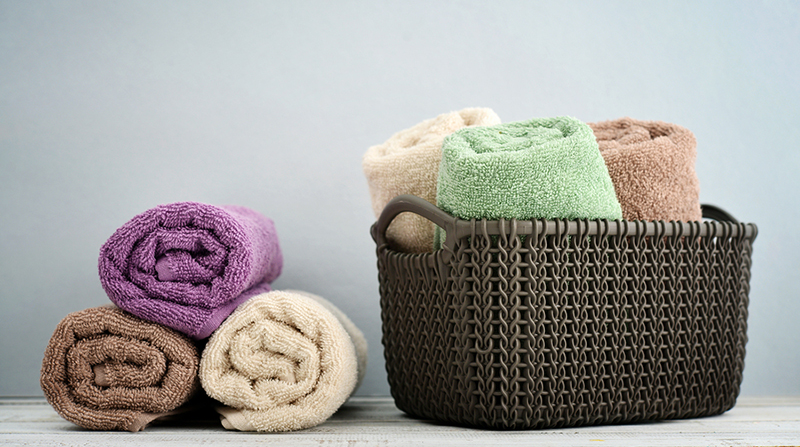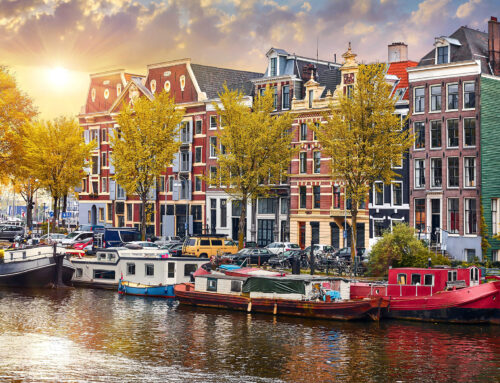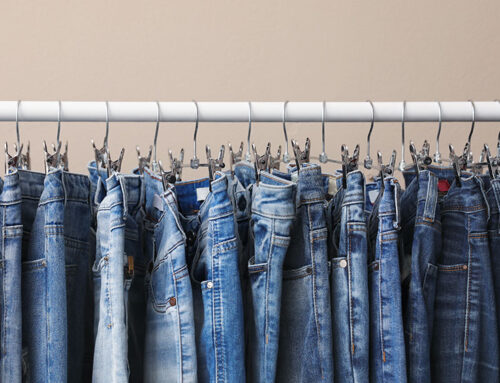History & Production of Terry Towels
Profade Apparel is known for socks but we have actually produced many other products including towels. The textile industry is responsible for so many items we use and enjoy every day without giving it a second thought. We reach for that thick, fluffy towel every morning, but not many of us know where they come from or how they are produced. Here are some simple facts for the curious among us.
Terry Towels
A terry towel is described as a textile product which is made with loop pile on one or both sides generally covering the entire surface or forming strips, checks, or other patterns (with end hems or fringes and side hems or selvages).
History of Terry Weaving
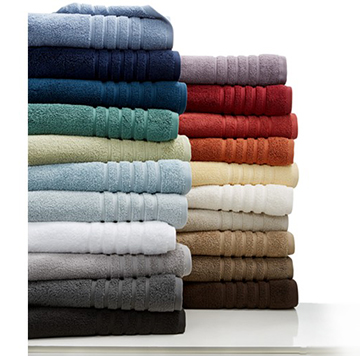
The name “terry” comes from the French word “tirer” which means to pull out, referring to the pile loops which were pulled out by hand to make absorbent traditional Turkish toweling. Latin “vellus”, meaning hair, has the derivation “velour”, which is the toweling with cut loops. Research conducted by the Manchester Textile Institute, concluded that original terry weaving was likely the result of defective weaving occurring in Turkey, probably in Bursa City, a traditional textile center. Terry weaving construction is considered a later development in the evolution of woven fabrics. Terry toweling is still known as “Turk Fabric”, “Turkish Toweling” or “Turkish Terry.”
Parts of a Conventional Terry
A woven towel consists of five parts. These are the pile area, fringes, beginning and end part, selvage & border. Every towel does not have to contain all these parts. The pile area is the absorbent part of the towel. Fringes are a tied or an untied tassled part which are left unwoven at the beginning and the end edges of the towel. The beginning and end sections are the tightly woven areas of a towel which come before or after the pile fabric part, in a flat weave construction that prevents the pile area from unraveling. The selvage has the purpose to reinforce the towel sides, and contains fewer number of warp ends than the pile area, for example 90 comparing to 4000 total warp ends.
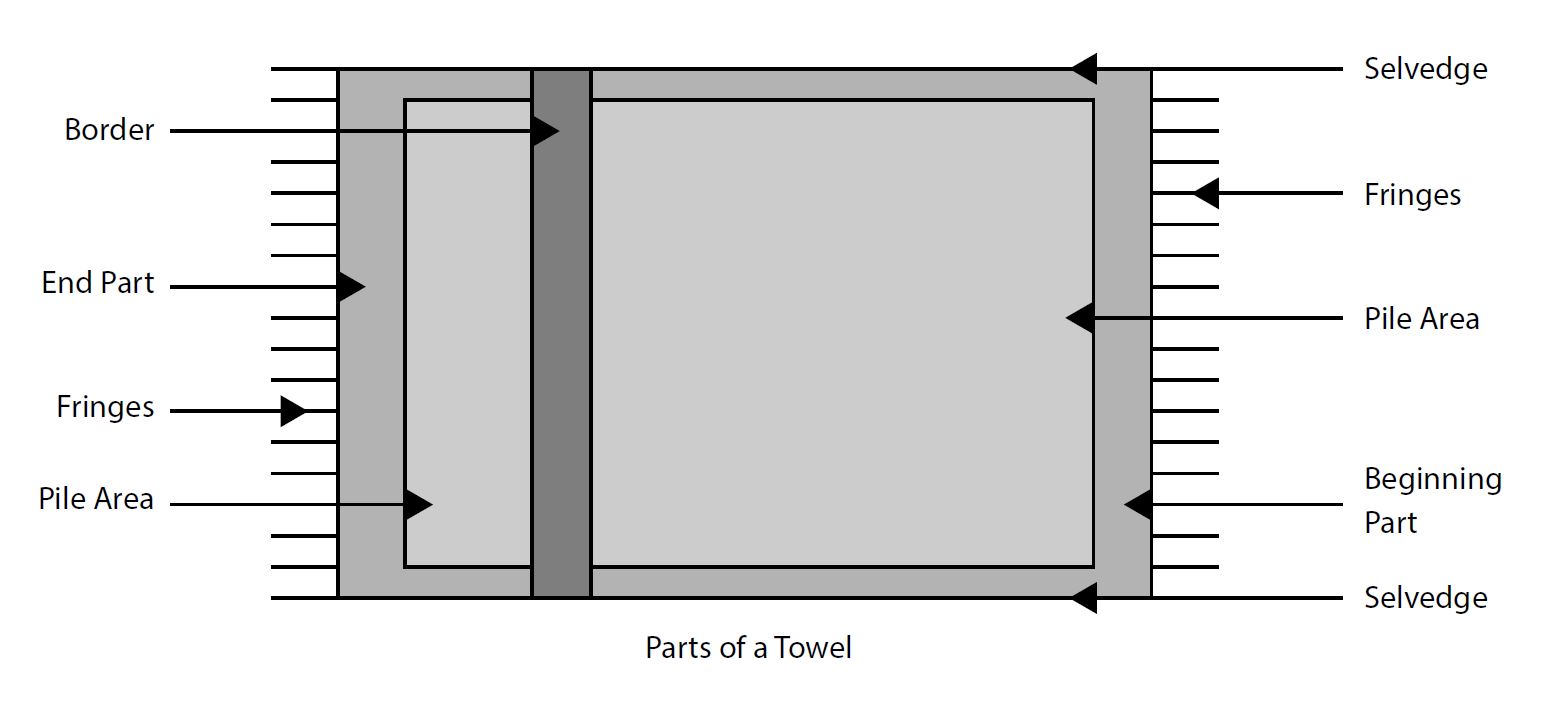
Take Good Care
These few simple tips will help you get more years of use out of your towels:
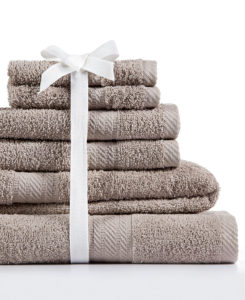 Wash once before using. Like sheets or even clothing, you should always wash new towels before using them. It will help set the color, improve absorbency and reduce lint.
Wash once before using. Like sheets or even clothing, you should always wash new towels before using them. It will help set the color, improve absorbency and reduce lint.
Avoid fabric softeners. Fabric softeners can leave residue on your towels and create a stiff texture (Same for socks!).
Add a dash of vinegar. Add one cup of distilled white vinegar into your towel loads occasionally, to remove residue, improve absorbency and combat musty smells.
Keep skin care products on your skin. Avoid contact with skin care product to minimize towel spotting and bleaching.
Towel Sizes and Use
Bath Towel (27” x 52”) The essential towel used for drying after a shower or bath.
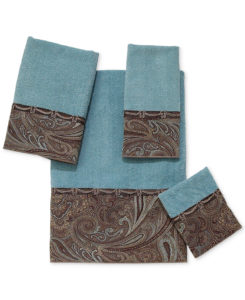 Hand Towel (16” x 30”) An everyday towel for drying hands.
Hand Towel (16” x 30”) An everyday towel for drying hands.
Wash Cloth (13” x 13”) A small square towel used to wash hands, body and face.
Bath Sheet (35” x 60”) An oversized towel for those who prefer more coverage after a shower or a bath.
Finger Tip Towel (11” x 18”) A bit smaller than a hand towel, and often used in guest bathrooms.
Tub Mat (27” x 52”) A tightly woven and highly absorbent towel used as a floor mat.
Worth The Weight
Bath towel density is measured in GSM or grams per square meter and varies between 300-900.
300-400 GSM
A thinner and lighter, fast-drying towel that is good for the gym or the kitchen.
400-600 GSM
A favorite medium weight option. They are perfect for beach towels, bath and guest towels.
600-900 GSM
The most luxurious towels with a dense, heavy and absorbent feel. They will take a little longer to dry.
Heavy and Substantial Towels
A shorter, densely woven pile… Soft to the touch and very absorbent, but requiring the longest dry time.
Materials Matter
Egyptian Cotton. The ultimate in softness and luxury, this cotton is highly absorbent and durable. Made of extra- long fibrous threads.
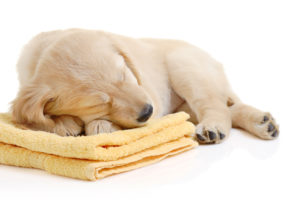 Micro Cotton. The fluffiest towel. Micro Cotton is super soft, plush and has a suede-like texture and excellent absorbency.
Micro Cotton. The fluffiest towel. Micro Cotton is super soft, plush and has a suede-like texture and excellent absorbency.
Pima/Suprima Cotton. The most superior of the light cotton, Pima Cotton has an extra-long staple, and is both strong and absorbent.
Turkish Cotton. With a high level of comfort, Turkish Cotton is premium in bath towels with a very-long staple and great absorbency and durability.
Made To Last
After you consider the fiber of a towel, consider the construction, meaning how the yarn is made.
Combed Cotton. This cotton has literally been combed to remove short, uneven fibers for a stronger and more lustrous result.
Ringspun Cotton. Tightly woven fibers are twisted together for a strong, smooth finish. These towels have a refined finish compared to combed cotton towels.
Twist. A lower twist means the towel is plusher while a higher twist means the towels is more durable and has a weight feel.
2-Ply. Double the yarn makes an extremely durable, absorbent and dense towel.
Printed & Patterned Towels
 Printed. Promotional printed towel must have a micro fiber poly base and terry cotton backing for small volume production.
Printed. Promotional printed towel must have a micro fiber poly base and terry cotton backing for small volume production.
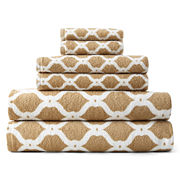 Patterned. The best patterned towels are Cotton based waved graphics. Yet, designs are limited to geometrics or simple designs artworks. The minimum per SKU are much higher than Printed Towels.
Patterned. The best patterned towels are Cotton based waved graphics. Yet, designs are limited to geometrics or simple designs artworks. The minimum per SKU are much higher than Printed Towels.
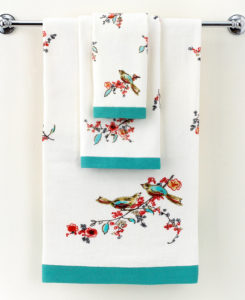
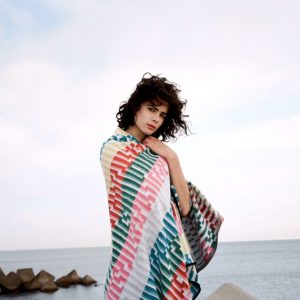
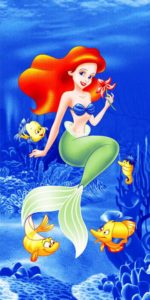
Congratulations!
Now that you’ve completed “Terry Towels 101” you can share what you’ve learned with other Towel Lovers you happen to meet. Thanks for hanging in there to the end!

